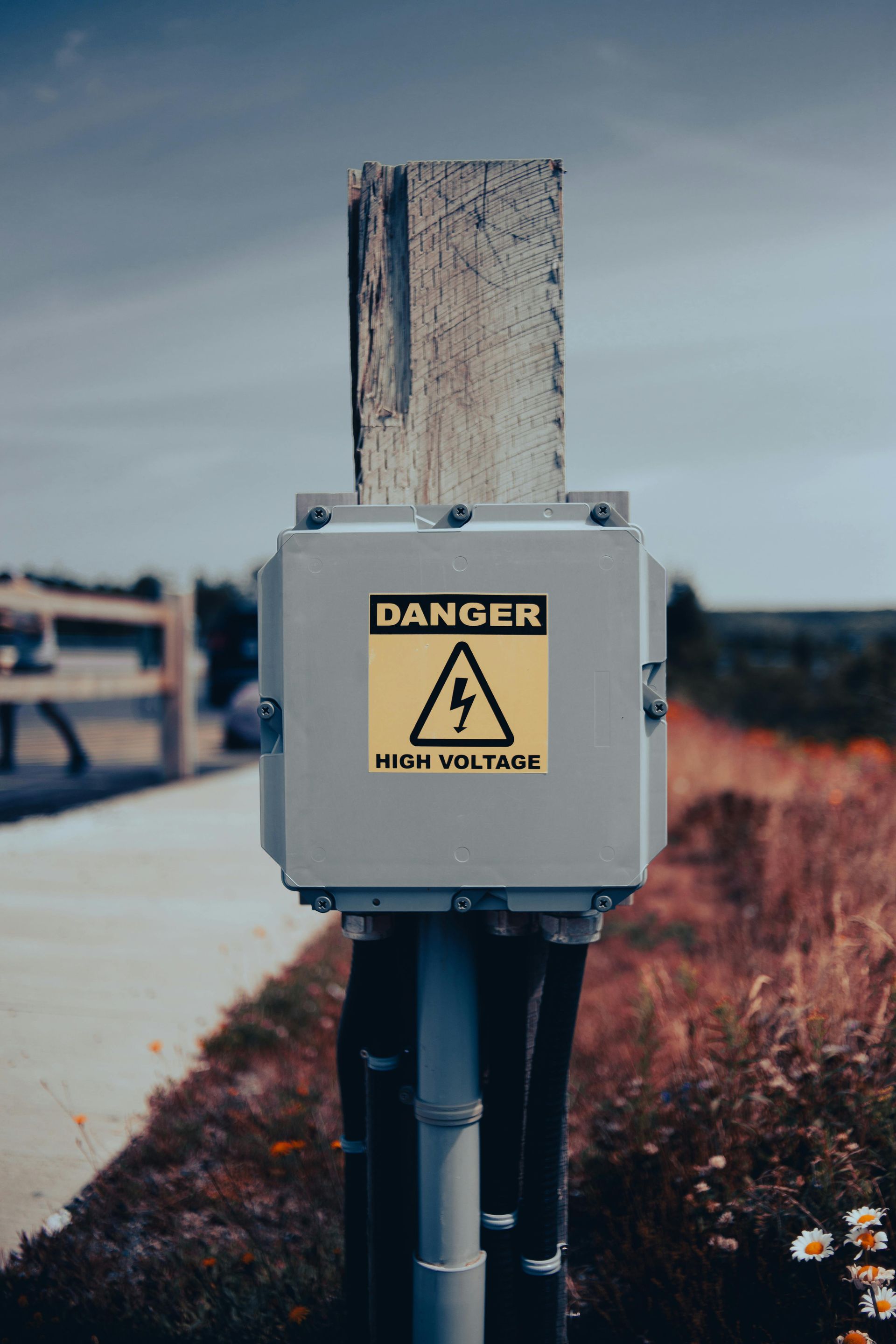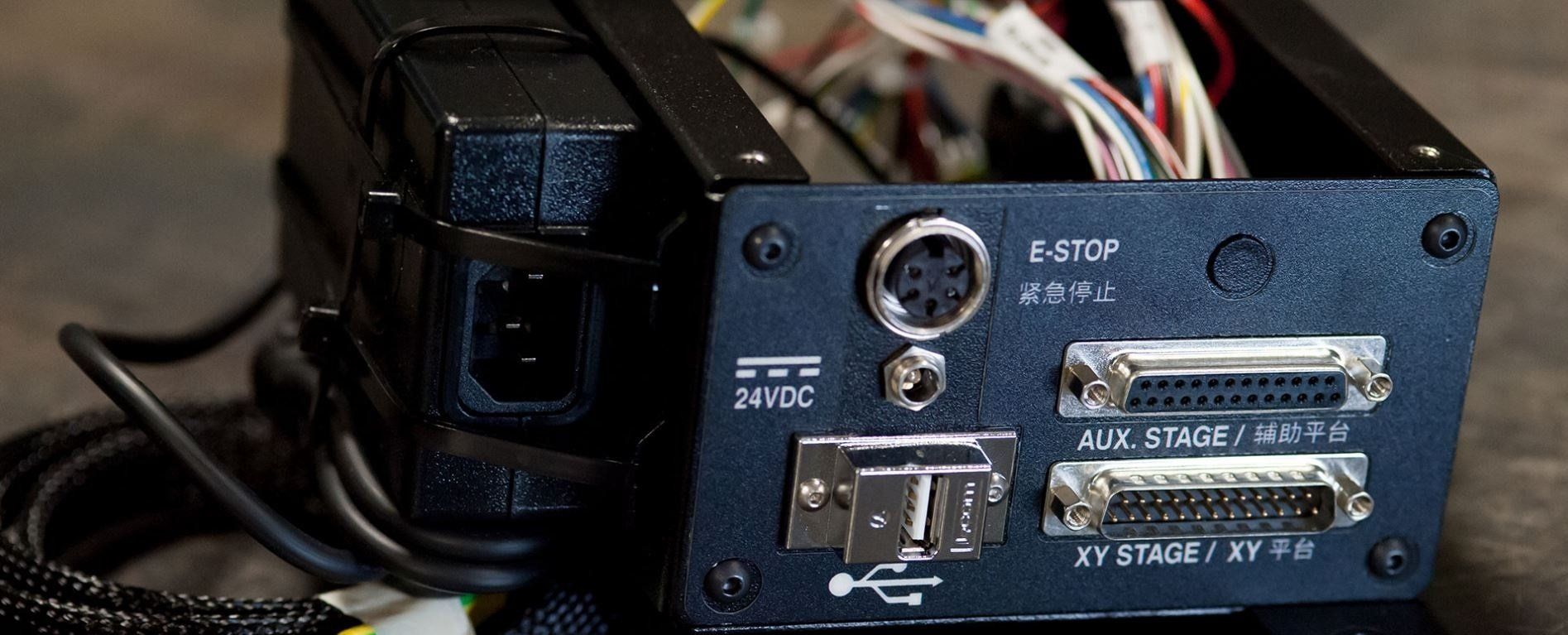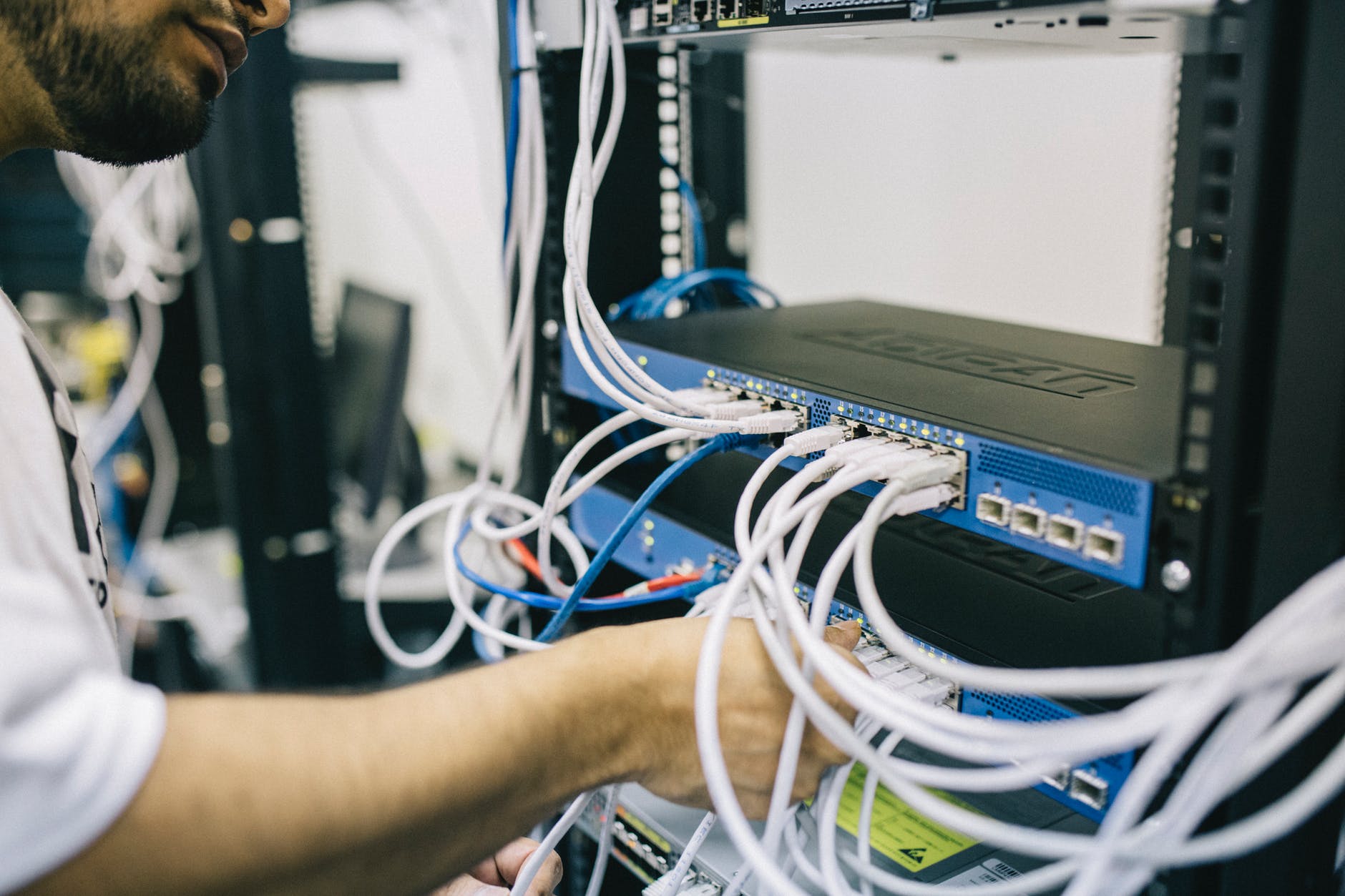Frequently Asked Questions About Electronic Parts
Understanding electronic parts can be challenging, especially for those new to the field. Whether you’re a seasoned engineer or a hobbyist, knowing the ins and outs of components like fuses, switches, connectors, and thermistors is crucial for successful projects. Here, we address some of the most frequently asked questions about these essential parts to help you make informed decisions.
1. What are the different types of fuses, and how do they work?
Fuses are safety devices designed to protect electrical circuits from overcurrent. They come in various types, each suited for specific applications:
- Glass Tube Fuses: Commonly used in household appliances, these fuses are transparent, allowing easy inspection.
- Ceramic Fuses: These are more robust than glass fuses and are used in high-temperature environments.
- Blade Fuses: Often found in automotive applications, these fuses are easily replaceable.
- Thermal Fuses: Used to protect appliances from overheating, they cut off the circuit when a specific temperature is reached.
Example: In a home appliance like a microwave, a thermal fuse prevents overheating by breaking the circuit if the temperature exceeds a safe limit.
2. How do I choose the right switch for my project?
Switches are used to control the flow of electricity in a circuit. The choice depends on the application and requirements:
- Toggle Switches: Simple on/off switches used in various applications.
- Push-Button Switches: Ideal for momentary activation, such as doorbells.
- Rocker Switches: Common in power strips and light switches.
- Slide Switches: Used in devices like flashlights and small electronics.
Example: For a DIY lamp project, a toggle switch is a suitable choice for turning the light on and off.
3. What is the role of connectors in electronic circuits?
Connectors provide a reliable connection between different components of a circuit. They come in various types and configurations:
- Pin and Socket Connectors: Common in computer and communication devices.
- Coaxial Connectors: Used for high-frequency applications like antennas and cable TV.
- Blade Connectors: Found in automotive and industrial applications.
- Surface Mount Connectors: Used in modern electronics for space-saving and reliable connections.
Example: In a custom PC build, pin and socket connectors are used to connect the motherboard to other components like the hard drive and power supply.
4. What are thermistors, and how do they differ from other temperature sensors?
Thermistors are temperature-sensitive resistors used to measure and control temperature. There are two main types:
- NTC (Negative Temperature Coefficient) Thermistors: Resistance decreases as temperature increases. Commonly used in temperature sensing.
- PTC (Positive Temperature Coefficient) Thermistors: Resistance increases as temperature increases. Used in overcurrent protection.
Example: In a digital thermometer, an NTC thermistor provides accurate temperature readings by varying resistance with temperature changes.
5. How do thermal fuses differ from regular fuses?
Thermal Fuses: These fuses break the circuit when a specific temperature is reached, providing protection against overheating.
Regular Fuses: These break the circuit when the current exceeds a specified value, protecting against overcurrent.
Example: In a hairdryer, a thermal fuse ensures the device shuts off if it gets too hot, preventing potential fire hazards.
6. Why is it important to use high-quality electronic parts?
Using high-quality electronic parts ensures reliability, safety, and longevity of your projects. Inferior components can lead to failures, safety hazards, and increased costs over time.
Example: A high-quality ceramic fuse in an industrial machine will withstand high temperatures and provide consistent protection, unlike a cheaper counterpart that might fail prematurely.
7. How do I test and troubleshoot switches and connectors?
Testing Switches: Use a multimeter to check for continuity. A functioning switch will show a closed circuit when in the 'on' position and an open circuit when 'off'.
Testing Connectors: Inspect for physical damage, ensure proper seating, and use a multimeter to check for continuity and proper voltage levels.
Example: If a light fixture isn't working, testing the switch with a multimeter can determine if the switch is faulty or if the issue lies elsewhere in the circuit.
8. What are the environmental benefits of using eco-friendly electronic parts?
Eco-friendly electronic parts are designed to reduce environmental impact. They use sustainable materials, consume less energy, and have longer lifespans, reducing electronic waste.
Example: Choosing connectors made from recycled materials and designed for durability helps reduce the carbon footprint and environmental impact of your projects.
9. How can I ensure safe handling and storage of electronic components?
Proper handling and storage extend the life of electronic components. Keep them in anti-static bags, avoid exposure to moisture, and store them in a cool, dry place.
Example: Storing thermistors in anti-static bags and organizing them in labeled bins prevents damage and makes them easy to locate when needed.
10. What are some emerging trends in electronic components?
Emerging trends include miniaturization, increased use of surface-mount technology (SMT), and the development of more efficient and sustainable components.
Example: The rise of Internet of Things (IoT) devices has driven the demand for smaller, more efficient connectors and switches to fit compact designs.
By understanding these fundamental aspects of electronic components like fuses, switches, connectors, and thermistors, you can make better-informed decisions for your projects, ensuring safety, efficiency, and success. For more detailed information and product options, explore our comprehensive range of high-quality electronic parts.








